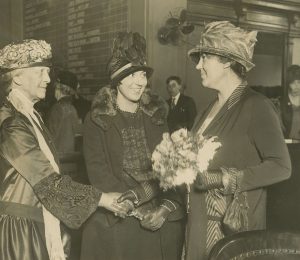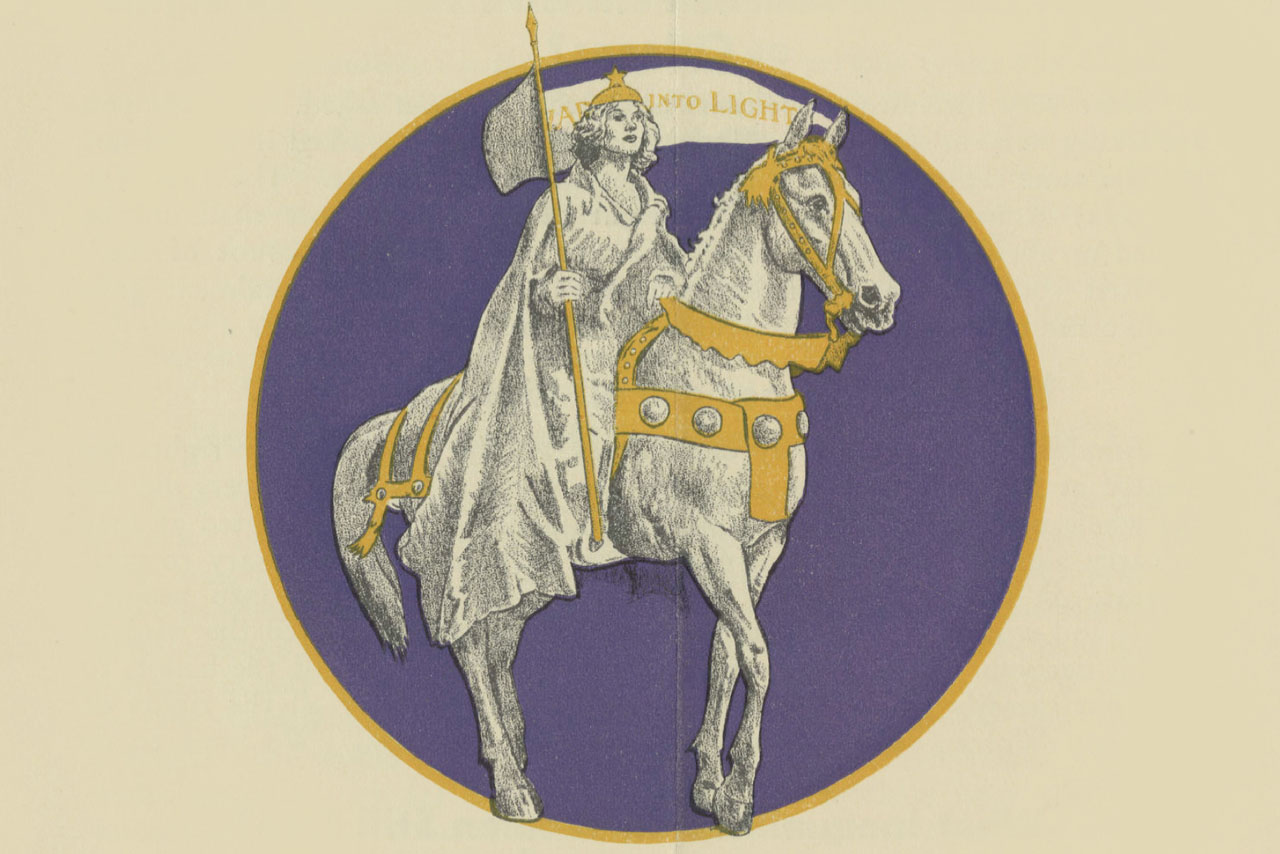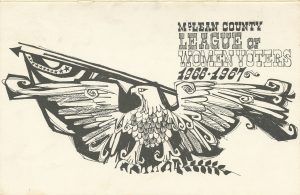On June 4, 1919, the United States Senate approved the 19th amendment to the Constitution. On August 18, 1920, Tennessee became the 36th state to ratify the amendment.
On August 26, 1920, the amendment was certified, clearing the final hurdle to guaranteeing through federal law that women now had the right to vote. This culmination marked a victory in the long and difficult journey of generations of suffragists who had organized and fought for decades for this right.
History, however, is more complex. With the 19th amendment many—thought not all—women gained the right to vote. Struggles for voting rights persisted long after the amendment passed, and the right to vote did not always lead to other rights for women.
It’s important to view the suffrage movement on a continuum of activism that began well before 1920 and continues to examine women’s and voter’s rights initiatives today.
From national to local
The women’s suffrage movement was built over the course of decades and included different ideologies, approaches, and tactics. As it gained momentum over the years, the movement relied on central organizing, protests, and media, but also on the actions of women all over the country who worked to further the cause. The movement depended on the changing visibility and manner in which women appeared in a larger social context, with a focus on their careers, teaching, and social reform activities. Women increasingly demanded to be recognized as autonomous individuals whose rights and responsibilities in society necessarily meant that they should vote.
The women’s suffrage movement was a national endeavor and this exhibit examines what women’s rights organizations and women in the workforce looked like in places outside of New York and Washington, D.C. The scope of the exhibit covers the activities of circus stars who used their fame and mobility to advance the cause of suffrage to suffrage-era scholars and activists affiliated with Illinois State Normal University.

Florence Bohrer, one of the women featured in the suffrage exhibit, shaking hands with her mother Gertrude Bohrer (former first lady of Illinois) on the floor of the Illinois state senate chamber on Florence’s first day in office. The woman in the middle is Florence’s daughter, also named Gertrude.
Specifically, the exhibit examines two significant aspects of the suffrage movement—the active organization and support of the cause and the ways that women were exemplifying the ideals championed by the movement through their own work and scholarship. And since the fight for fair elections goes on, selections also highlight the important work that continues through groups such as the League of Women Voters.
“And here let me say that we do not merely ask a change of legislation in our favor, knowing well that were all laws that oppress women struck from the statute books today, that a tyrant tenfold stronger exists in the Customs that find men and women too willing victims in their fetters of adamant, and like an iron shroud cramps and crushes every effort, every struggle of those who would be truly free.”
— Celestia R. Colby from Some Things We Want
The items in this exhibit are pulled from numerous sources, including the Dr. Jo Ann Rayfield Archives, Milner Library Special Collections, and Illinois State University Digital Collections.
View suffrage exhibit online
Underpinnings and Equal Terms: How the Suffrage Movement Changed American Women and American Women Changed the Nation will be available online beginning Wednesday, August 26. Please contact Rebecca Fitzsimmons for additional information.
About Milner Library Exhibits Program
Milner Library’s Exhibits Program provides a platform for campus and community partners to host and present diverse works of art, science, and culture. Milner Library pursues informative, interactive, and educational programs that support the University’s educational mission and reflect our vibrant community. Check out Milner Library exhibits for more information.


